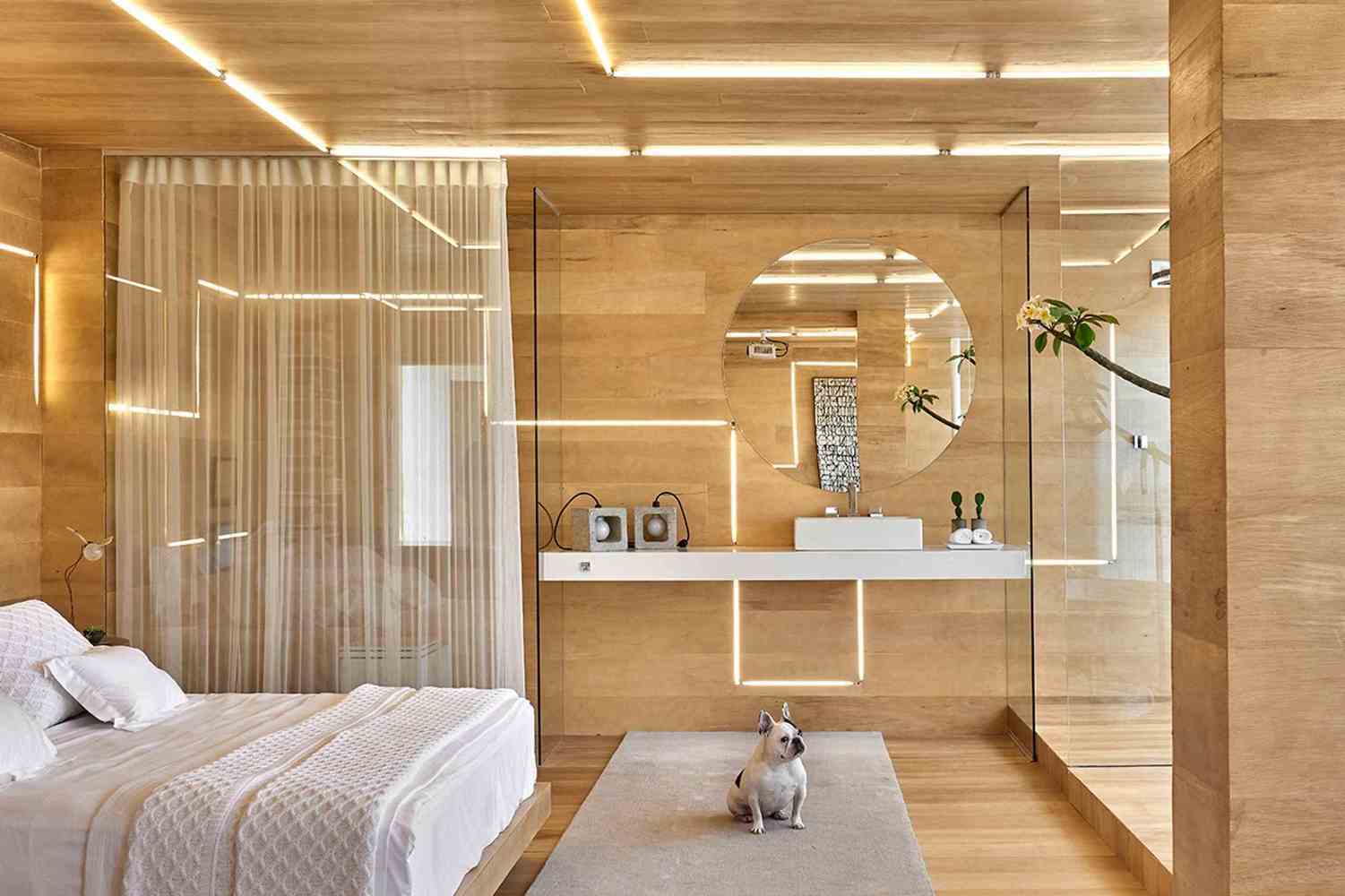Artificial Lighting in Interior Design

Natural or artificial, lighting is one of the most important elements in architecture, directly affecting our perception of spaces. It is capable of defining volumes, enhancing colors, textures, and therefore, contributing to the overall relationship between dimension, proportion, and contrasts. One of the many challenges of architecture is to shape spaces based on light and shade, and sometimes natural light is not enough, requiring additional light sources to be installed and controlled.
Since its early days, architecture has been challenged to create elements to absorb, reflect, diffuse, and transmit light, as to unveil the features of a space and convey a certain ambiance. Mastering natural lighting design has been one of the greatest achievements in the history of architecture, from the Gothic style to the contemporary designs of Álvaro Siza, but many projects also require effective artificial lighting to maximize the aesthetic and functional quality of spaces.
Read more via ArchDaily
Comments :